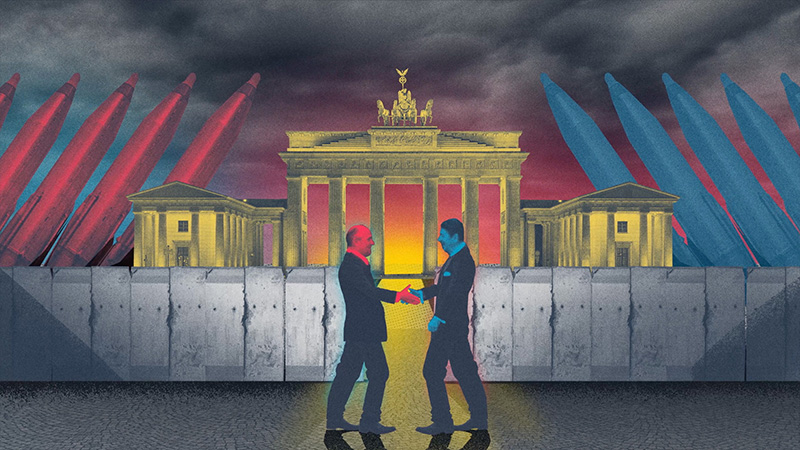World History AP®
Designed to align with the AP® World History: Modern Course and Exam Description, this comprehensive year-long course provides a cohesive approach to learning and understanding the history of the world, while simultaneously preparing students to take the AP® World History: Modern exam.
Unit 0 • 5 Lessons
Unit 1 • 8 Lessons
Unit 2 • 8 Lessons
Unit 3 • 5 Lessons
Unit 4 • 9 Lessons
Unit 5 • 11 Lessons
Unit 6 • 9 Lessons
Unit 7 • 10 Lessons
Unit 8 • 10 Lessons
Unit 9 • 10 Lessons
 Teaching This Course
Teaching This Course

World History AP® Info Session
This short video walks you through the how and why of teaching OER Project: World History AP®.

World History AP® Syllabus
Lesson-by-lesson, see exactly how WH AP® aligns with the AP® World History: Modern CED.

OER Project Teacher Community
Connect with other teachers in the OER Project Online Teacher Community.

WH AP Practice Progressions Placement
Quickly locate any and all of the historical thinking skills activities in this course.

AP Course Outline
An outline of all course materials to help you find exactly what you’re looking for.
